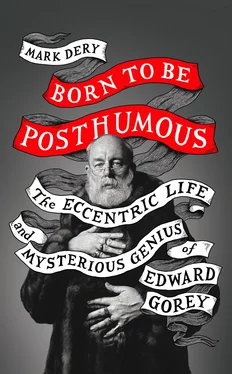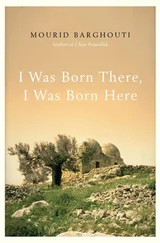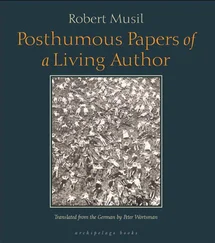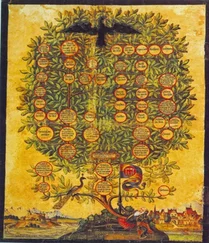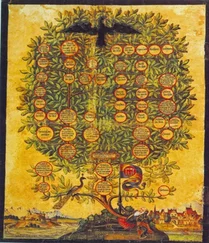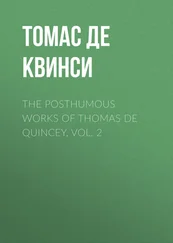Helen’s insistence that the Rearks regard her fair-haired prodigy with appropriate awe notwithstanding, Joyce has fond memories of Ted. “He was fun,” she says. “We played card games and we rode our bikes to school. Ted seemed to fit in [at Robert E. Lee Junior High].” He kept a baby alligator as a pet, which wasn’t unusual in Miami in those days, says Joyce. “They’re relatively harmless when they’re babies. You’d just put it in the canal when you were tired of it.”
Of Ted’s inner life during the five and a half months he lived in Miami we know next to nothing. Entering the hormone-addled years of adolescence, he showed no sign that his thoughts were turning to romance. As always, the objects of his affection were cats. His five-year diary reads like a case history of an obsession, with its “biographical sketch” of his cat Oscar and his breathless daily updates about Mrs. Reid’s newborn kittens. 46Cats, like books, were always there for Ted, offering uncomplicated affection and escape from the vexing complexities of human society.
But even cats could be a source of anxiety. The threat of euthanasia is ever present in his diary entries. He never knew if his kitten Goofy would have to be chloroformed because he couldn’t be housebroken or if Susie II, the cute little tiger cat who “would chase [a] ball like [a] dog and bring it back,” would have to be “put out of the way” after just four months because her “nervous system [was] broken down.” 47Diary entries solemnize the parade of little deaths. “One year ago today Bingo died,” writes Ted on March 21; a drawing of a cross on what appears to be a burial plot accompanies the entry. A year ago that day, “Bingo’s ear infection spread to brain, paralyzing front legs. Was put out of the way. Pretty broken up!” 48
On April 18, 1938, having graduated from Robert E. Lee that March, Ted returned to Chicago. Helen rented rooms in the Marshall Field Garden Apartments in the city’s Old Town neighborhood, then moved, in the fall of ’39, to a high-rise apartment at 2620 North Lake-view.
This time they would stay put: apart from his time in the army, Ted lived there until he packed his bags for Harvard in September of ’46; Helen would call 2620 North Lakeview home until she moved to the Cape in the mid-’70s.
Chances are she picked that address because it was convenient—a walk of about a half dozen blocks—to the Francis W. Parker School, where, a year earlier, thirteen-year-old Ted had entered the ninth grade. It was there that Gorey’s sense of himself as an artist would take shape. At Parker, the outlines of the Gorey persona—eccentrically brilliant, quick with the offhand quip, charismatic and sociable yet unselfconsciously himself—would come into focus.
The Parker Gorey attended was housed in a picturesque pile in the Lincoln Park neighborhood. “The building looked like a Gorey,” says Paul Richard, a Parker alumnus (class of ’57) and, from 1967 to 2009, art critic for the Washington Post. There were “little secret compartments where you could hide in the different rooms,” he recalls, “and every classroom [was] a different shape and size. It had a kind of spooky quality, especially if you had an imagination.” It’s unthinkable, says Richard, that a kid like Gorey—fond of mysteries, drawn to the gothic— didn’t soak up the building’s cozy spookiness.
A private institution, the school was founded in 1901 by Colonel Francis Wayland Parker, an enlightened educator who was staunchly opposed to the notion of the K–12 system as an assembly line for mass-producing standardized minds. Happily for Gorey, the arts were central to the Parker curriculum, a by-product of the colonel’s belief that education must serve the whole child, fostering not only intellectual growth but civic engagement, aesthetic appreciation, and self-expression, too.
Gorey would have been Gorey even without Parker’s influence, but the school’s celebration of creativity, its embrace of interdisciplinary thinking, its foundational faith in the importance of making room for every style of mind to bloom—“Everything to help and nothing to hinder” was the colonel’s maxim—undoubtedly played a part in making Gorey the artist he was, encouraging his restless intelligence, emboldening him in his intellectual idiosyncrasies, nurturing his growing sense of himself as an artist. 49
The teacher who, more than any other, brought out the nascent artist in students like Gorey was Parker’s self-appointed liaison to bohemia, Malcolm Hackett. A big man whose “strong, handsome face” was dominated, as a worshipful student recalled, by “deep-set eyes” and a bushy mustache, Hackett worked the van-Gogh-of-the-WPA shtick to the hilt, wearing lumberjack shirts and loose-fitting cotton pants and sandals at a time when teachers, even art teachers, wore suits and ties. 50
Gorey’s signature getup, in his New York years, recalls Hackett’s insistence that “artist” isn’t just a job description but an all-consuming identity, too, reflected in the way you dress. Playfully quirky (as opposed to calculatedly shocking), the classic Gorey look was every bit as self-consciously “artistic” as Oscar Wilde’s famous “aesthetic lecturing costume” of velvet jacket and knee breeches. In fact, Gorey’s New York persona is a textbook illustration of the Wildean truism “In matters of grave importance, style, not sincerity, is the vital thing.” 51(This holds true, in spades, for Gorey’s art.) Hackett urged his students to stretch their minds by seeking out the work of timeless masters like Titian, Goya, and Manet at the Art Institute and, at showcases for vanguard art such as the Arts Club of Chicago, the work of modernists like the Viennese expressionist Oskar Kokoschka and the morbid magical realist Ivan Albright. But no less important, he preached, was the gospel truth that art isn’t just something you do but, equally, something you are ; the true artist is an artist in every fiber of his being, looking at the world with an aesthetic eye, using personal style to make an artistic statement.
Hackett was the only Parker teacher Gorey ever mentioned—“I had a good art teacher in high school,” he said when his friend Clifford Ross, himself an artist, asked about his formal training—so he must’ve made some impression. 52Certainly Hackett’s emphasis on oil painting may have had the unintended consequence of disabusing Gorey of the notion that he was destined to take his place alongside the Old Masters. “I was going to be a painter,” he told Ross. “The fact that I couldn’t paint for beans had very little to do with it. I found out quite early in the proceedings that I really wasn’t a painter at all. Whatever else I was, I was not a painter.” 53
Hackett himself was a painter of modest gifts. “You didn’t really learn anything except his attitude,” Paul Richard recalls. Then again, “if he didn’t teach you how to cast shadows or render, he did teach you something: scorn for the proprieties,” he says. “What he taught Joan [Mitchell] and Gorey was not a history or a discipline or a skill set but a subversion: Be an artist. Show it. Do anything you want.”
But épater -ing the bourgeoisie in the Chicago of Gorey’s youth was more complicated than it sounds. On one hand, the city was easily caricatured as the Vatican of Babbittry. The city’s reigning art critic, Eleanor Jewett of the Tribune , was a former agriculture major who was implacably hostile to everything but academic kitsch. Josephine Hancock Logan, whose stockbroker husband sat on the board of the Art Institute, raised the alarm about cubism, futurism, and other horrors by founding the Society for Sanity in Art in 1936. Chicagoans fell hard for the fanfare-for-the-common-man hokum of regionalists like Thomas Hart Benton and Grant Wood (whose American Gothic the Art Institute had acquired in 1930). On the other hand, the city was home to the black Chicago Renaissance of the 1930s and the New Bauhaus, founded in 1937 by László Moholy-Nagy and other Bauhausians who’d fled the Nazis.
Читать дальше
